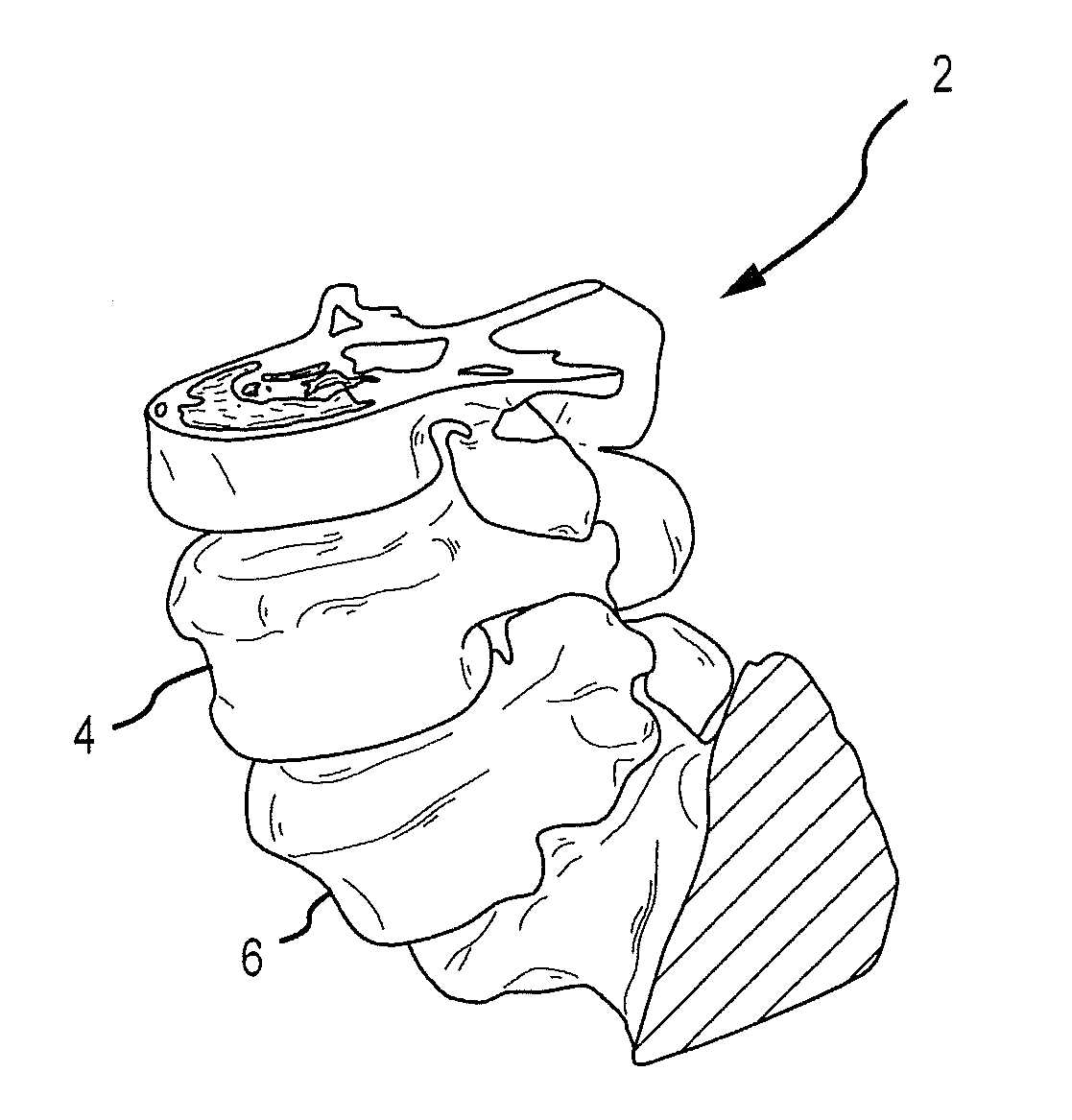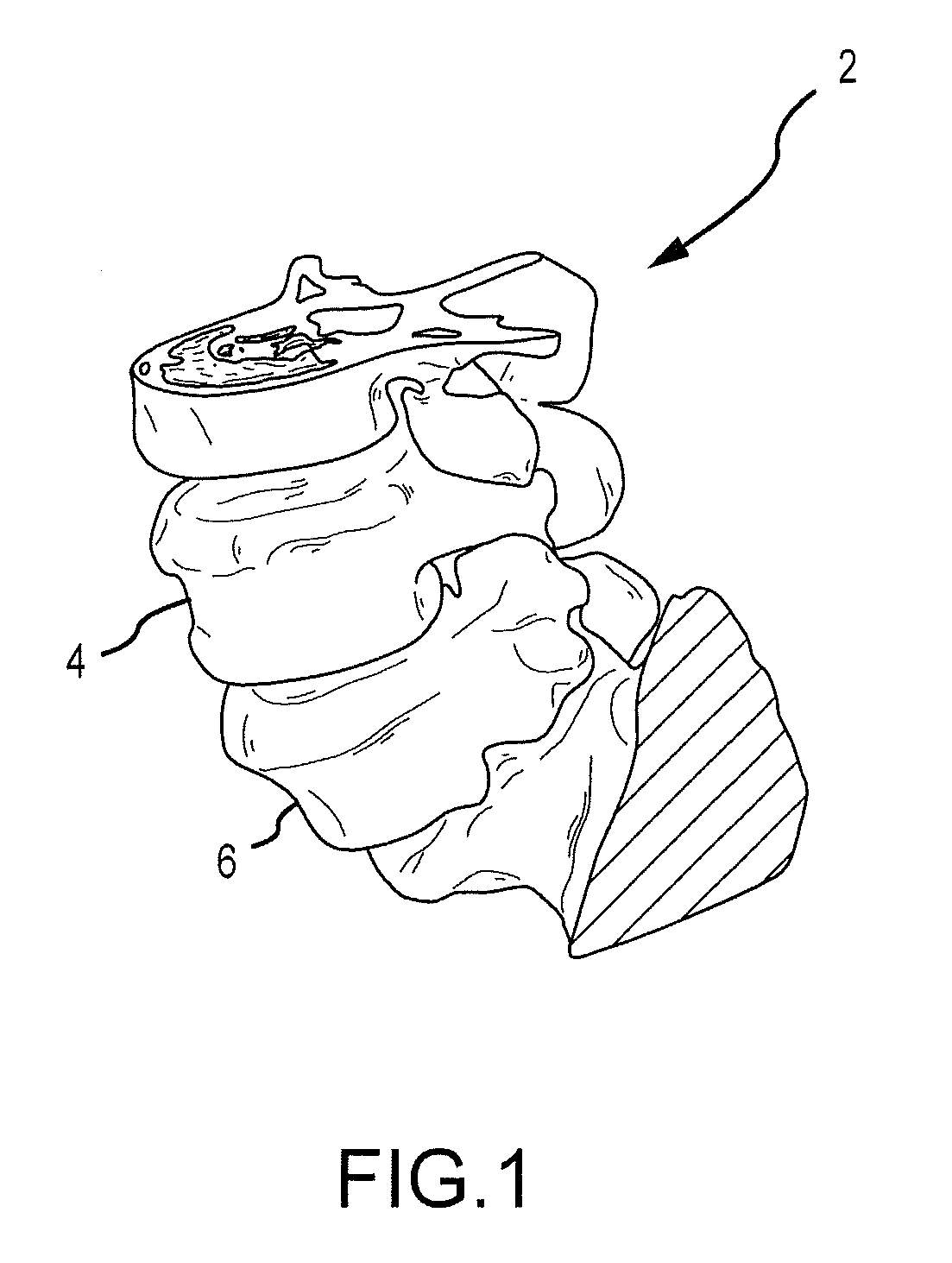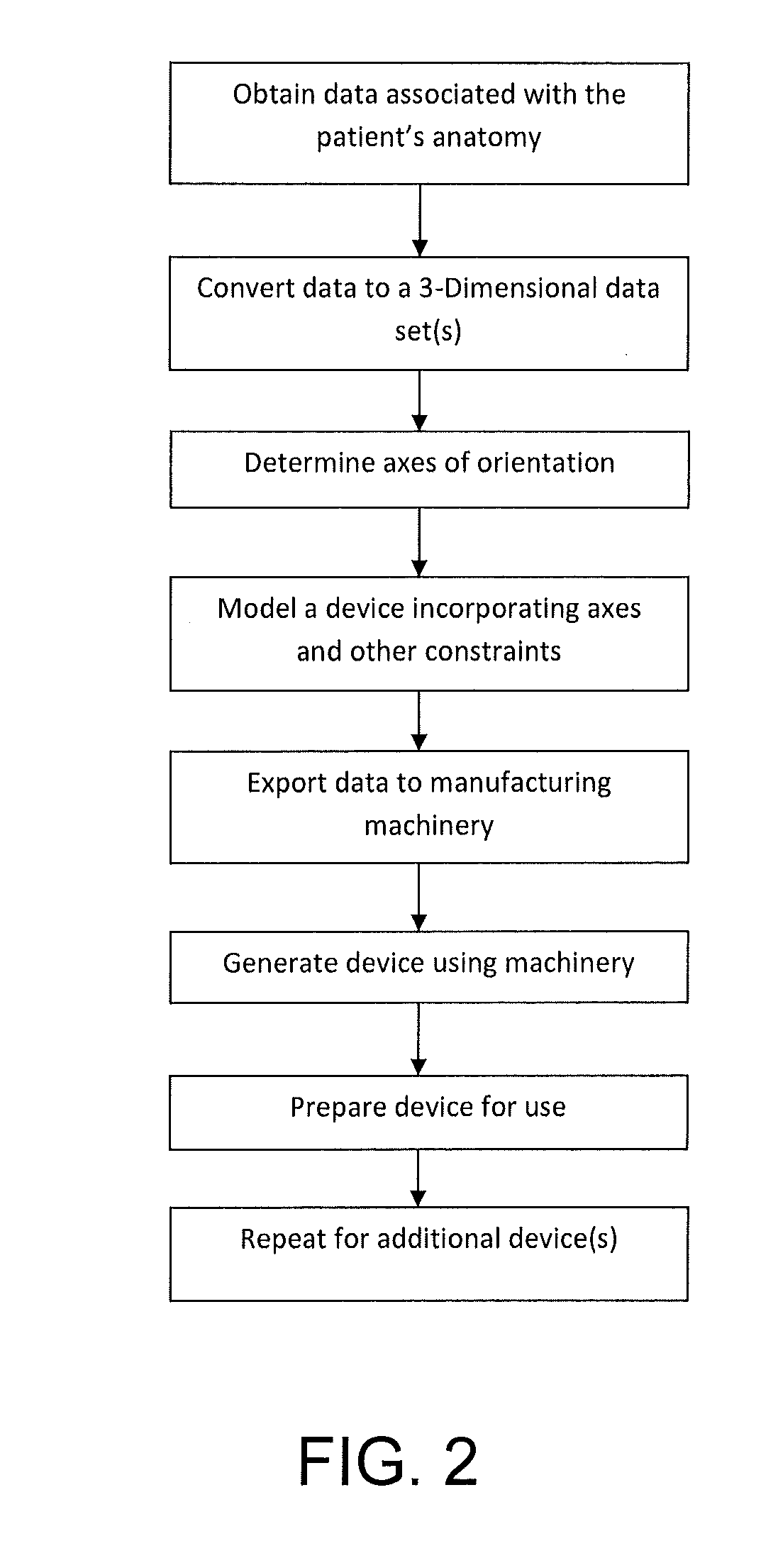Patient Matching Surgical Guide and Method for Using the Same
- Summary
- Abstract
- Description
- Claims
- Application Information
AI Technical Summary
Benefits of technology
Problems solved by technology
Method used
Image
Examples
Embodiment Construction
[0059]As shown in the appended Figures and described in further detail herein, the present disclosure relates to a novel system and method for developing a variety of customized, patient-matched apparatus for use in a diverse number of surgical procedures. The system and method uses a patient's unique morphology, which may be derived from capturing MRI data or CT data to derive one or more patient-matched apparatus, which comprise complementary surfaces to those encountered during the surgical procedure(s) as derived from a set of data points. According to various embodiments described herein, the patient-matched apparatus may further comprise desired axes and / or insertional trajectories. According to one alternate embodiment described herein, the patient-matched apparatus may be further matched with at least other apparatus used during the surgical procedure. Other features of the disclosure will become apparent after a review of the following disclosures and varying embodiments of...
PUM
 Login to View More
Login to View More Abstract
Description
Claims
Application Information
 Login to View More
Login to View More - R&D
- Intellectual Property
- Life Sciences
- Materials
- Tech Scout
- Unparalleled Data Quality
- Higher Quality Content
- 60% Fewer Hallucinations
Browse by: Latest US Patents, China's latest patents, Technical Efficacy Thesaurus, Application Domain, Technology Topic, Popular Technical Reports.
© 2025 PatSnap. All rights reserved.Legal|Privacy policy|Modern Slavery Act Transparency Statement|Sitemap|About US| Contact US: help@patsnap.com



